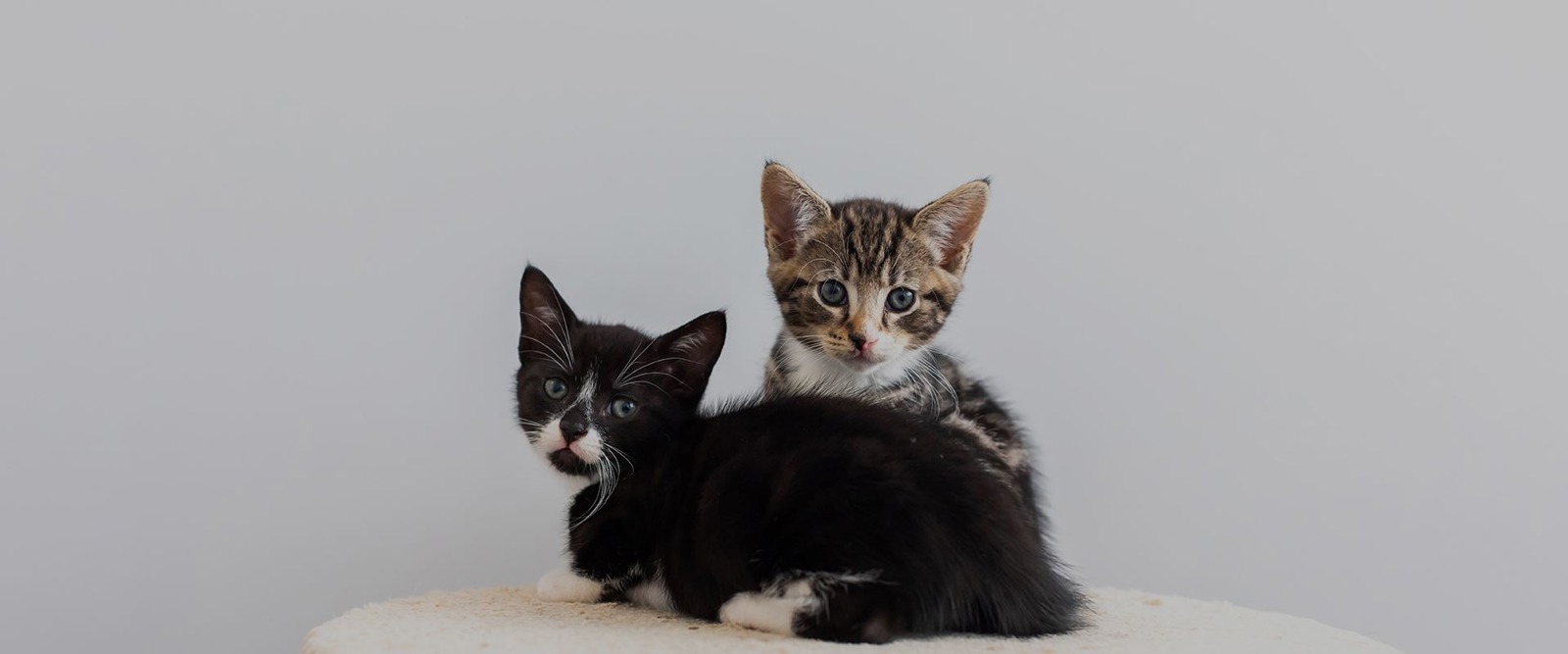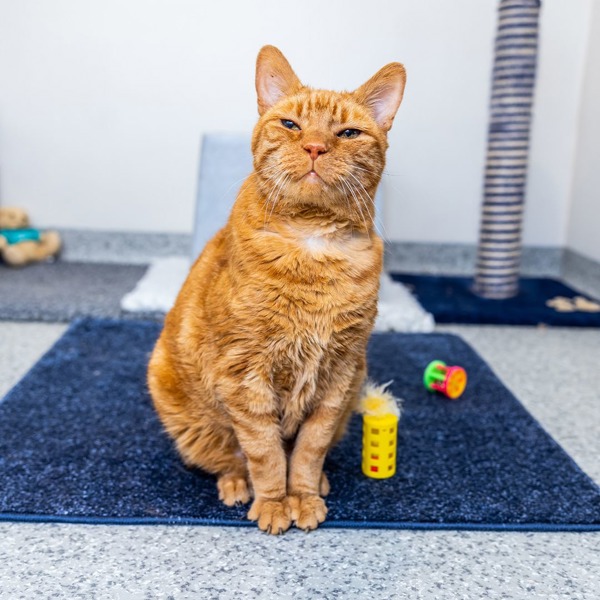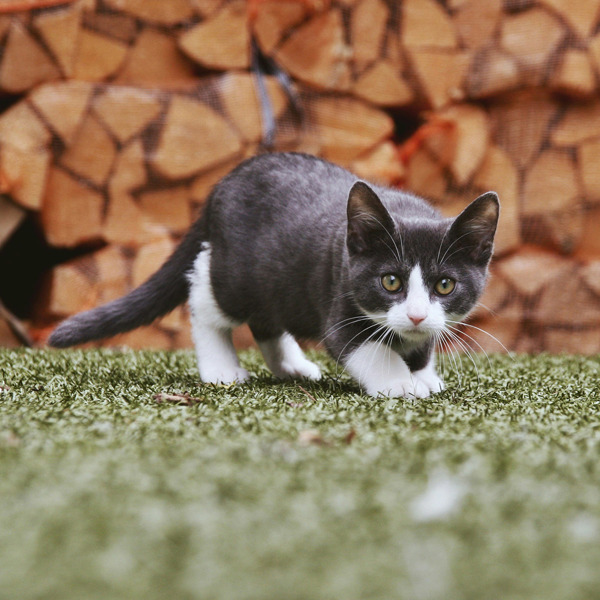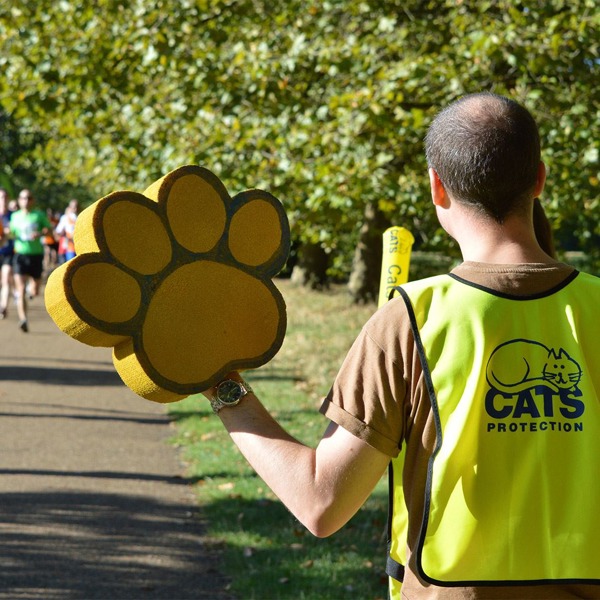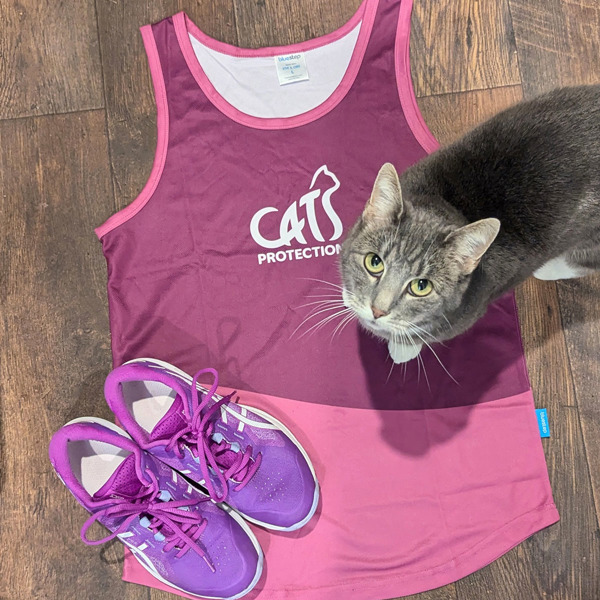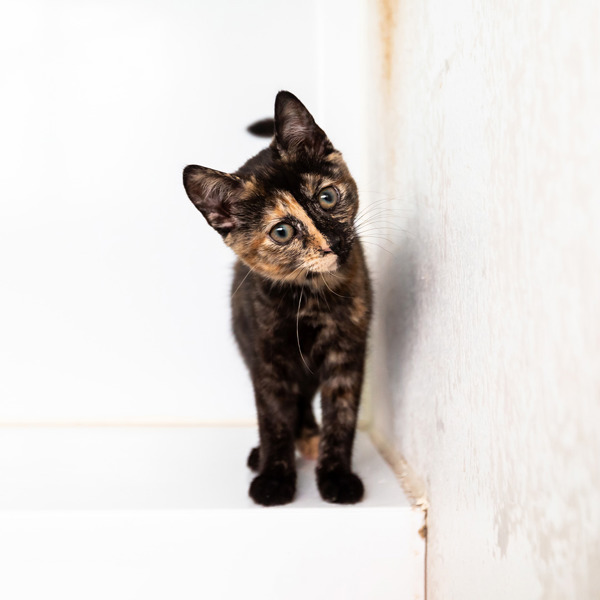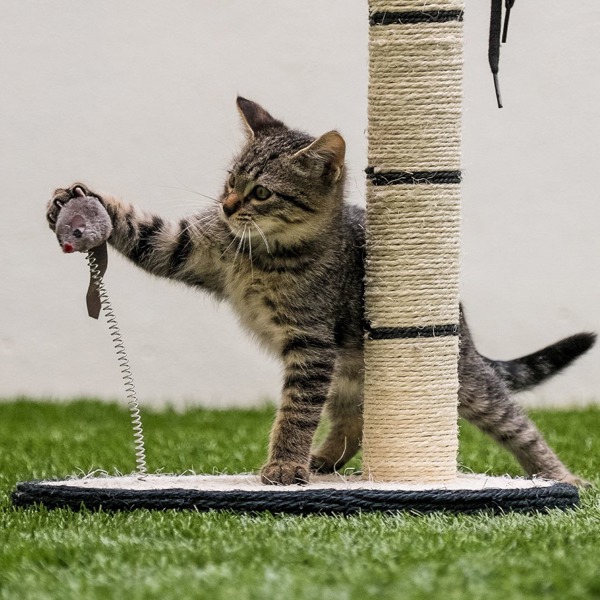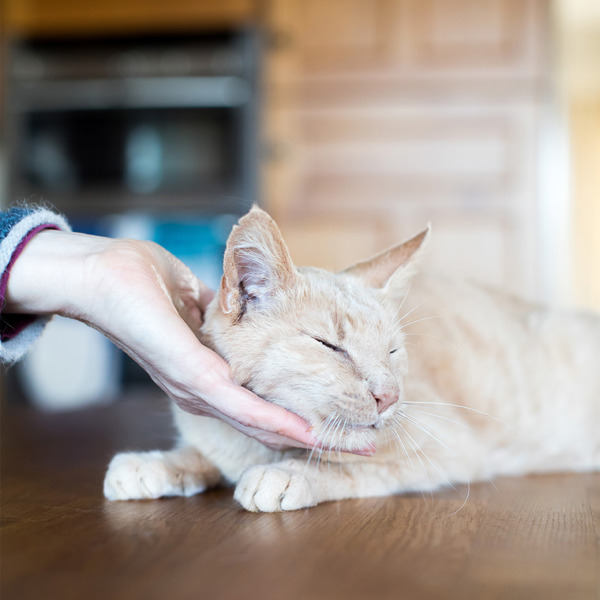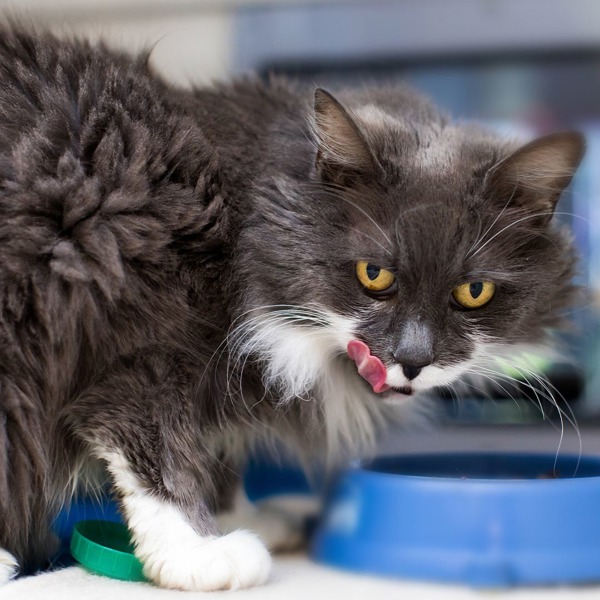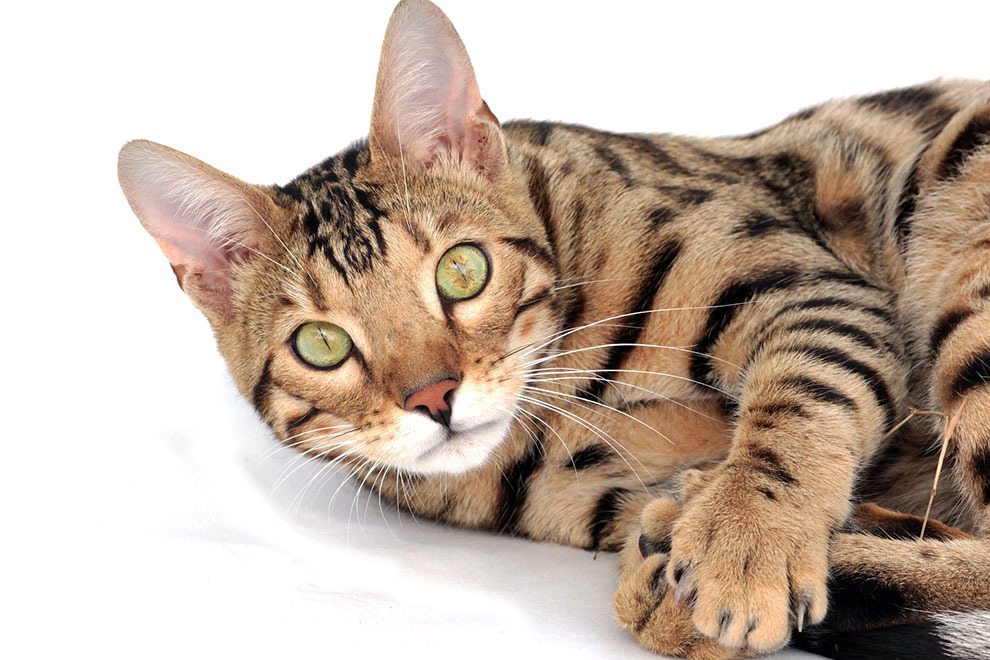Welcome to Cats Protection Wolverhampton Branch
We're here to support cats and kittens in Wolverhampton, covering postcodes: WV1, WV10, WV11, WV12, WV13, WV14, WV15, WV16, WV2, WV3, WV4, WV5, WV6, WV7, WV8, WV9.
Run by a small team of dedicated, cat-loving volunteers, we're passionate about improving the lives of cats and kittens in Wolverhampton, working to find loving new homes for local cats in our care, and lost and found cats, as well as general education and awareness within the Wolverhampton area. You can find out more about the work of Cats Protection here.

